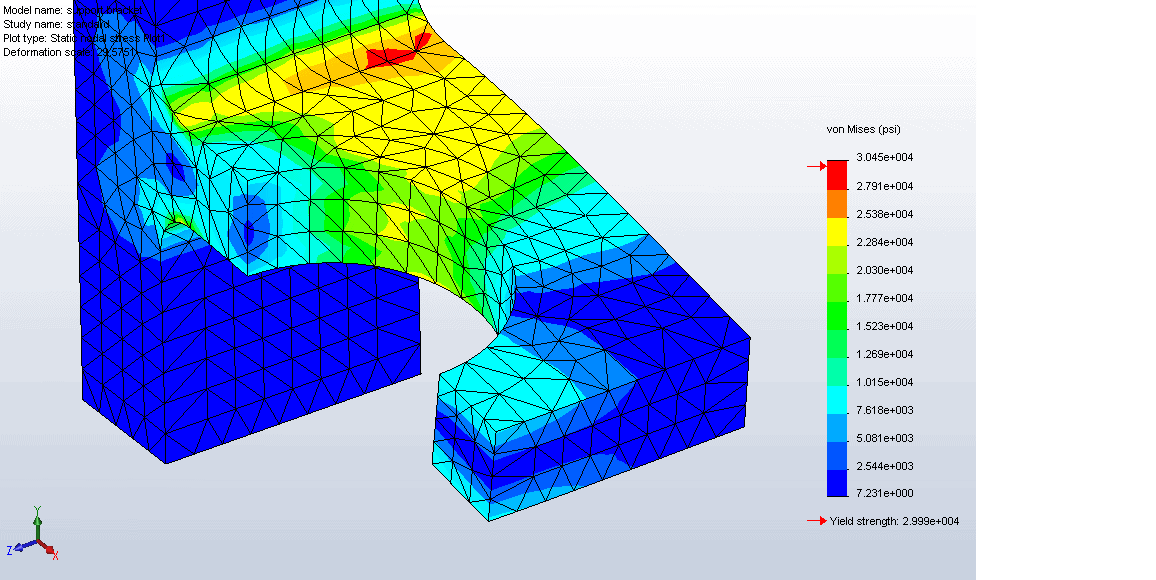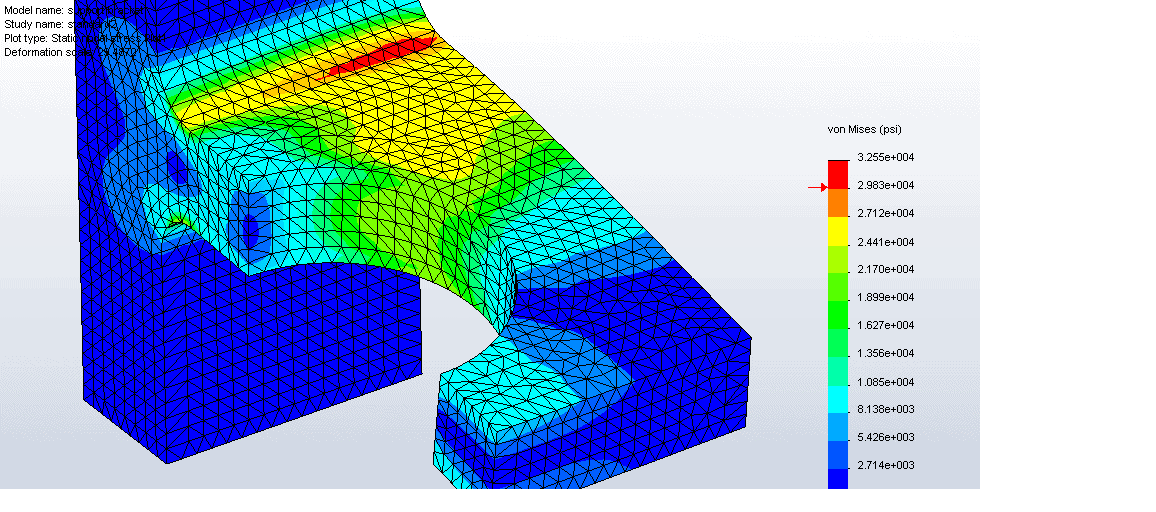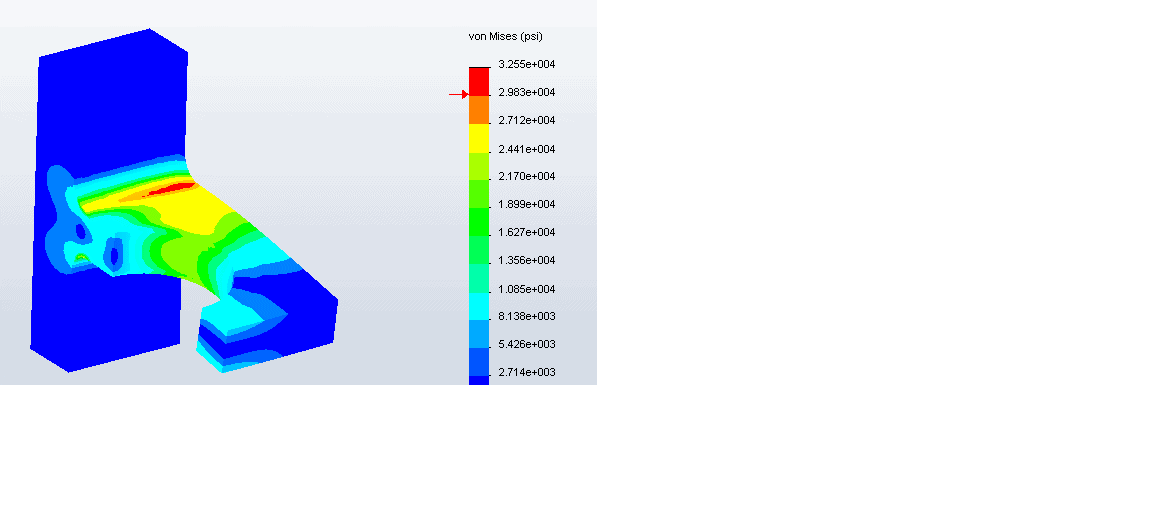Mesh Convergence!
Meshing is one of the most important steps while analyzing a component under certain loading conditions. One significant assumption that can be addressed only after a run is that the mesh was sufficient to capture the behavior of interest. An initial mesh must typically be refined multiple times to accurately capture stress behavior. The process of successive mesh refinement to produce optimal results is called convergence. So how important is convergence? This leads to penultimate question how important are accurate results? For a given set of properties, geometry and boundary conditions, accuracy is controlled by mesh.
Mesh Controls
There are three types of mesh controls available in COSMOS. H-adaptive, P-adaptive, and manual mesh controls. The two adaptive mesh controls are essentially automatic and concentrate mesh on the local hot spots in the geometry. The manual mesh control is obviously cumbersome requiring time and effort to manually refine mesh locally.
Stress Contours
To check for convergence it is recommended that we refine mesh size 2:1 for every mesh pass. One way to check convergence manually is to look to for stress contours in successive mesh runs. The stress contours should be continuous. By using the discrete fringe option, under plot settings, one can check for discontinuity or jaggies. This is not an absolute check for convergence but can definitely point towards areas to be checked.



Error Estimate
Energy Norm Error plots indicates the difference in stress between adjacent elements. This option is available in the drop down menu, if you edit the definition of the stress plot. This is good way to compare convergence level between mesh iterations. If the error estimate in a region being optimized is kept consistent, results comparison is valid. This is again not an absolute test of convergence but high error in areas of concern should be investigated.


Global element size 0.24 in

Global element size 0.12in
Nodal vs Elemental Stress
Another way to manually check for convergence is to compare nodal versus elemental stresses between successive mesh runs. Nodal results show the averaged result at each node based on stress from adjacent elements. Elemental results show the nominal stress calculated for each element. The elemental and nodal stresses should be ideally same at a location.


Nodal Stress

Element Stress
Rajat Trehan
Product Manager – Design Validation
Computer Aided Technology Inc.

 Blog
Blog